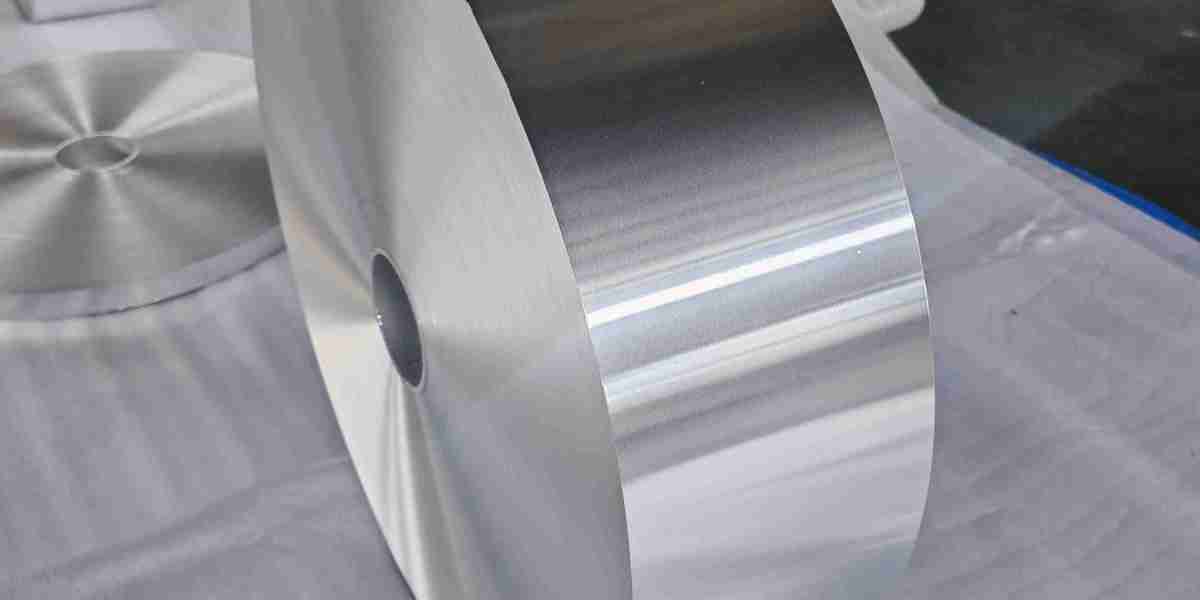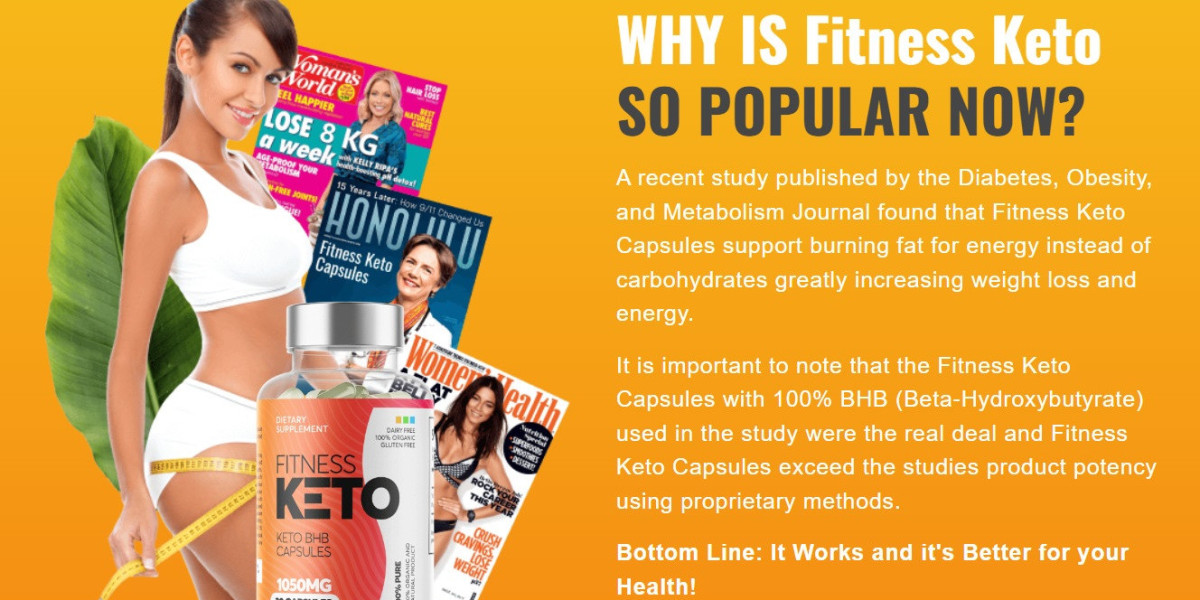Aluminum foil has become a staple in most kitchens, celebrated for its versatility and convenience. Whether wrapping leftovers or lining pans, it plays a crucial role in food preservation. Understanding how to effectively use aluminum foil for freezing can enhance your food storage practices and reduce waste.
What is Aluminum Foil?
Aluminum foil is a thin sheet of aluminum that boasts remarkable properties. It is lightweight, malleable, and resistant to moisture, making it an ideal choice for various culinary applications. From wrapping sandwiches to covering dishes, its utility is undeniable.
Freezing Basics
Before delving into aluminum foil's freezing capabilities, it’s essential to grasp the fundamentals of freezing. Freezing food slows down enzyme activity, which can spoil food. It also inhibits the growth of bacteria, thereby extending the shelf life of perishable items.
Aluminum Foil and Freezing
So, can you freeze food wrapped in aluminum foil? Absolutely! Aluminum foil is an excellent medium for freezing, offering both protection and insulation. It minimizes exposure to air, which can lead to freezer burn, thus preserving the food’s flavor and texture.
Advantages of Using Aluminum Foil for Freezing
One of the primary benefits of using aluminum foil is its ability to conform to the shape of the food, creating a tight seal. This prevents moisture loss and protects against the dreaded freezer burn. Additionally, it’s easy to label, which helps keep your freezer organized.
Disadvantages of Aluminum Foil in Freezing
However, it’s not all sunshine and rainbows. While aluminum foil is effective, it can be prone to puncturing, especially with sharp edges of certain foods. If not sealed properly, air can seep in, leading to freezer burn.
Best Practices for Freezing with Aluminum Foil
To maximize the benefits of aluminum foil in your freezing endeavors, consider these best practices:
Preparing Food for Freezing
Always ensure that food is cooled to room temperature before wrapping. This helps prevent condensation, which can lead to ice crystals forming inside the packaging.
Wrapping Techniques
- Tight Sealing Methods: Wrap food snugly to eliminate air pockets. Overlapping layers can enhance protection.
- Layering for Extra Protection: For added security, consider wrapping the food in plastic wrap before enclosing it in aluminum foil. This double-layer technique provides an extra barrier against moisture and air.
Labeling for Organization
Don’t forget to label your foil-wrapped items with the name and date! This simple step can save you from the mystery of forgotten meals lurking in your freezer.
Alternatives to Aluminum Foil
While aluminum foil is a fantastic option, there are alternatives worth considering. Plastic wrap and freezer bags offer airtight seals, while glass and plastic containers can be excellent choices for bulk items or liquids.
Common Myths About Freezing with Aluminum Foil
Several myths surround the use of aluminum foil in freezing. One prevalent concern is regarding food safety. Many believe that aluminum can transfer flavors or toxins to food. However, when used correctly, aluminum foil is safe for freezing and does not affect food quality.
Tips for Optimal Freezing
To ensure your food stays fresh longer, keep these tips in mind:
Avoiding Freezer Burn
Freezer burn occurs when air reaches the food's surface, causing dehydration and oxidation. Ensure that all food is wrapped tightly and consider using a vacuum sealer for optimal results.
Ideal Freezing Temperatures
Maintain your freezer at 0°F (-18°C) or lower for the best preservation results. Regularly check the temperature to ensure consistency.
Duration of Freezing
While many foods can last several months in the freezer, it’s wise to consume them within a reasonable timeframe to enjoy their best quality. Most items are best used within three to six months.
Defrosting and Reusing Aluminum Foil
When it’s time to enjoy your frozen meal, proper defrosting is key. Thaw food in the refrigerator overnight or use the microwave for quicker results.
Can You Reuse Aluminum Foil After Freezing?
Reusing aluminum foil after freezing is possible, but it’s essential to inspect it first. If it’s clean and intact, it can be reused for covering dishes or wrapping non-perishable items.
Cleaning and Sanitizing Tips
If you choose to reuse aluminum foil, ensure it’s washed and dried thoroughly to avoid contamination.
Conclusion
In summary, aluminum foil is a fantastic ally in your food freezing endeavors. With the right techniques and a bit of care, you can harness its benefits to enhance your food preservation efforts. So, roll out that foil and explore the world of freezing with confidence!







